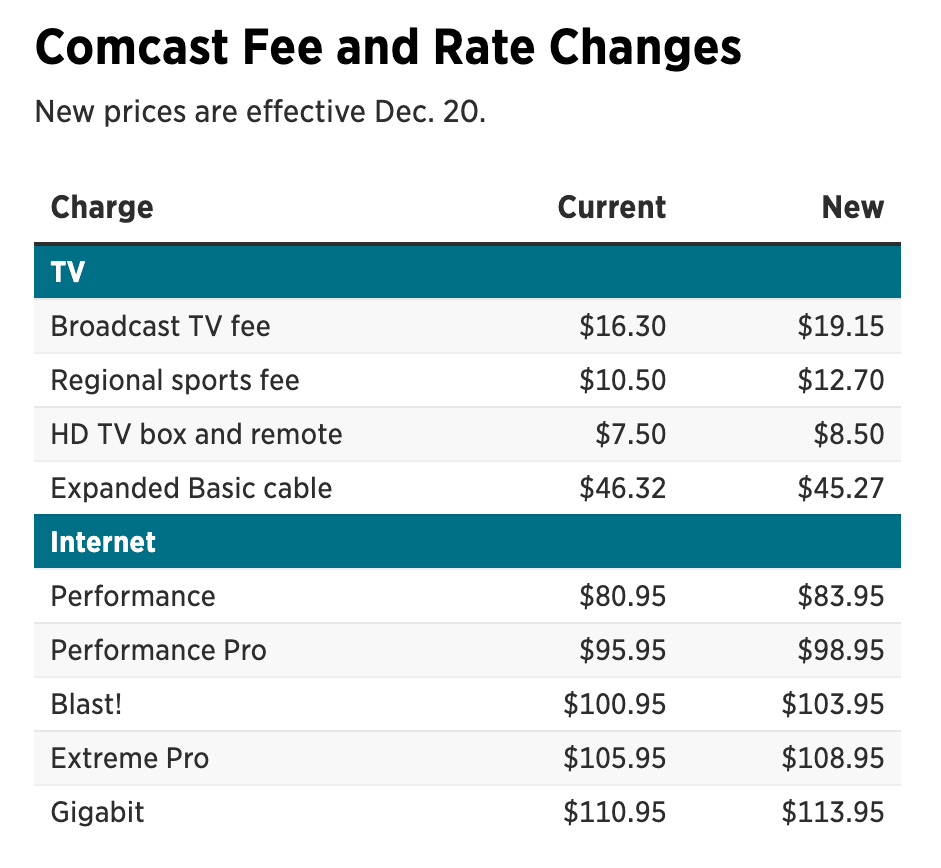Learn the Benefits of Fiber Optic TV Solutions for Massive Implementations
Wiki Article
Optical fiber TV solutions are becoming more widespread for large-scale uses, such as in educational institutions, hospitals, and companies. These solutions use thin strands of silica or plastic to send data as light signals. This innovation offers several benefits over conventional cable or broadcast TV services. One of the key significant advantages is the high-speed internet connection that optical optics can offer. This velocity allows for seamless broadcasting of high-definition material, which is crucial for organizations that rely on visual for training, demonstrations, or entertainment.
Another key benefit of optical optic TV solutions is their reliability. Fiber optic wires are not as susceptible to disruption from climatic conditions or physical barriers in contrast to traditional metal wires. This means that entities can expect a greater stable and stable link, which is vital for large-scale uses where downtime can result in major disruptions. For instance, a medical facility needs to ensure that its communication networks are always operational, and optical technology can help achieve that level of dependability.
In furthermore to speed and reliability, fiber optic television services also offer greater capacity. This means that many individuals can utilize the internet and broadcast material at the same time without facing a drop in quality. For large organizations, this is especially advantageous as it allows numerous staff or learners to use this link access the service at the same time. Schools can stream educational videos in classrooms while businesses can conduct video meetings without concern about delay or interruption problems.
Affordability is another benefit of optical optic television solutions. While the upfront setup may be more expensive than conventional solutions, the sustained cost reductions can be substantial. Optical technology require fewer upkeep and have a greater duration than metal wires. Additionally, the increased efficiency and speed can result in greater productivity, which can save money in the long run. Organizations can allocate their assets more efficiently when they do not have to deal with regular support disruptions or lagging broadband rates.

Lastly, optical optic television services are eco-friendly sustainable. The materials used in optical technology are less detrimental to the ecosystem compared to conventional cabling. Furthermore, fiber systems consumes less power, which can help entities minimize their carbon impact. As more businesses and organizations seek ways to be more eco-friendly, fiber solutions present a viable choice that aligns with these goals. In summary, the benefits of optical TV solutions make them an excellent choice for big applications, offering speed, dependability, capacity, cost-effectiveness, and eco-friendly sustainability.